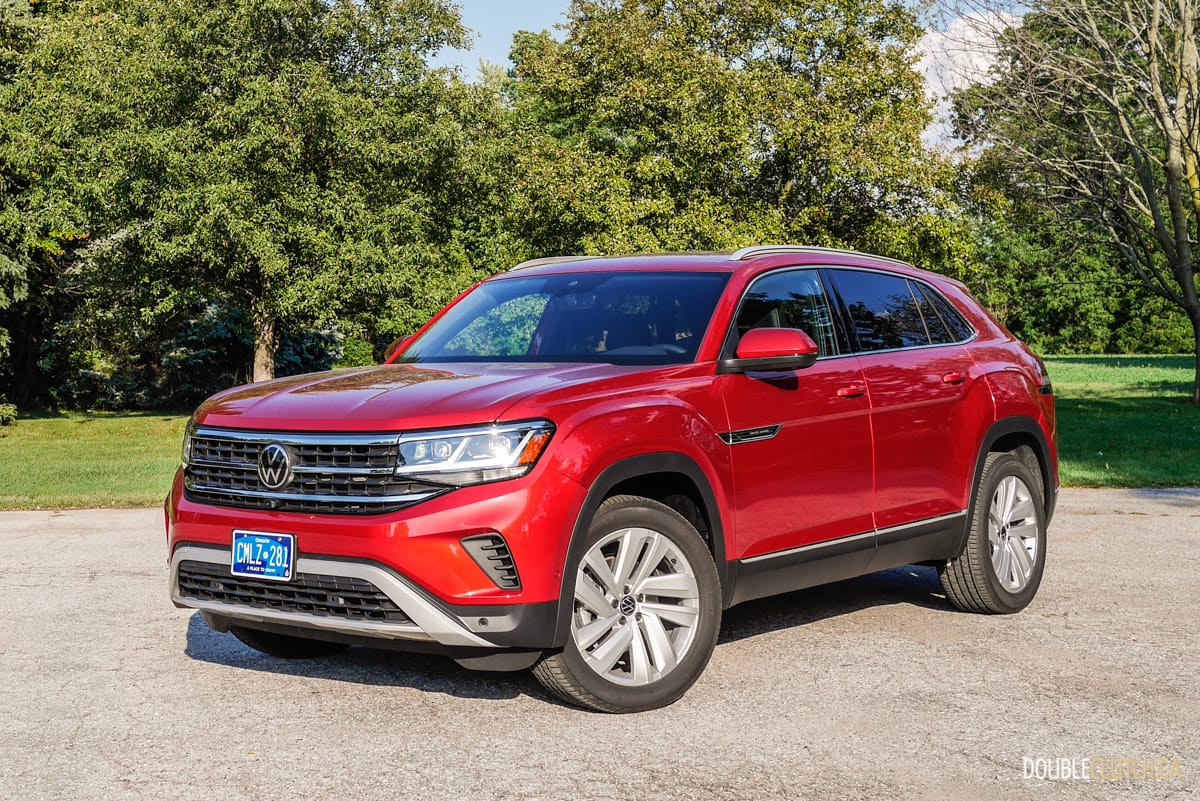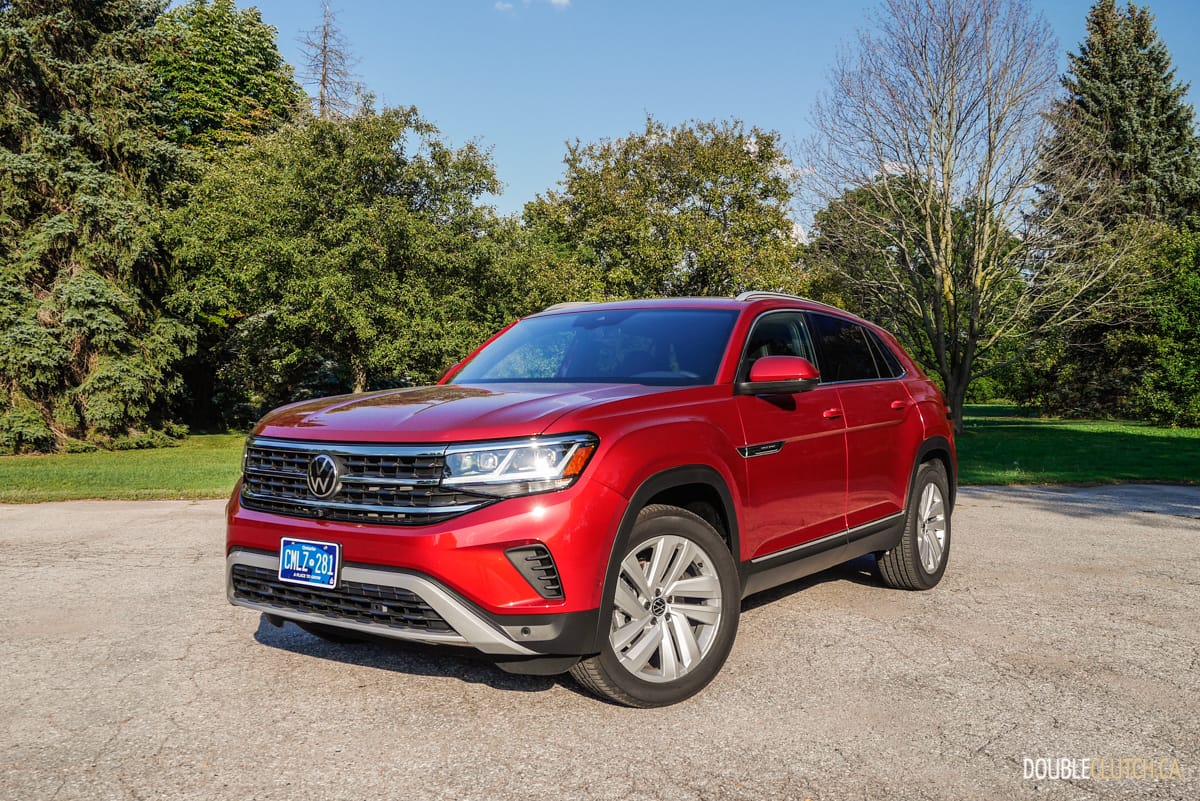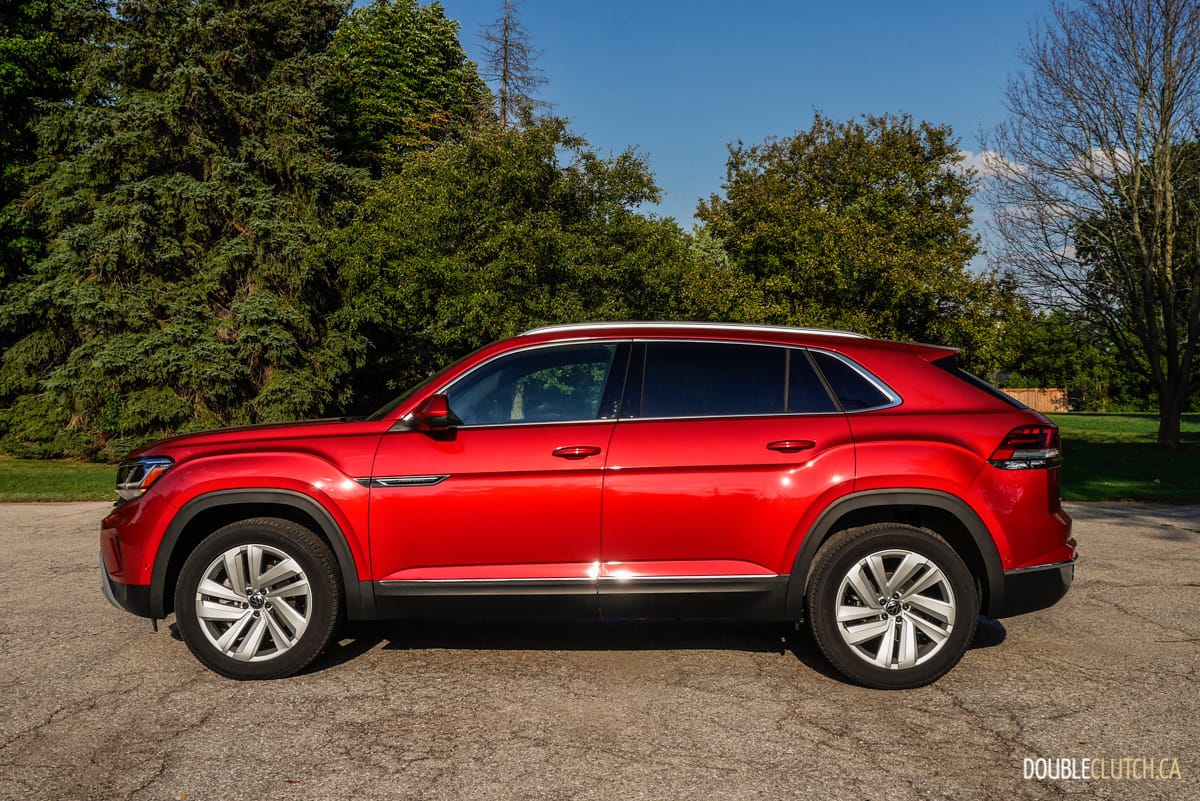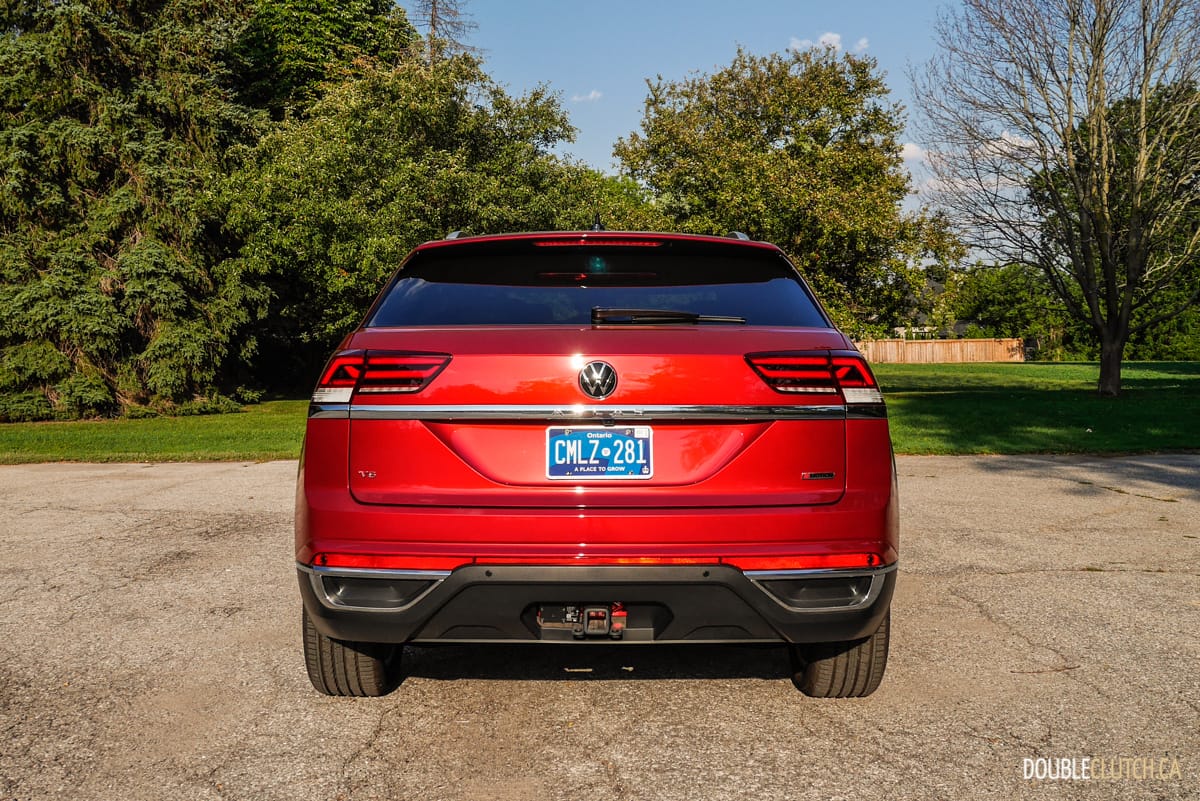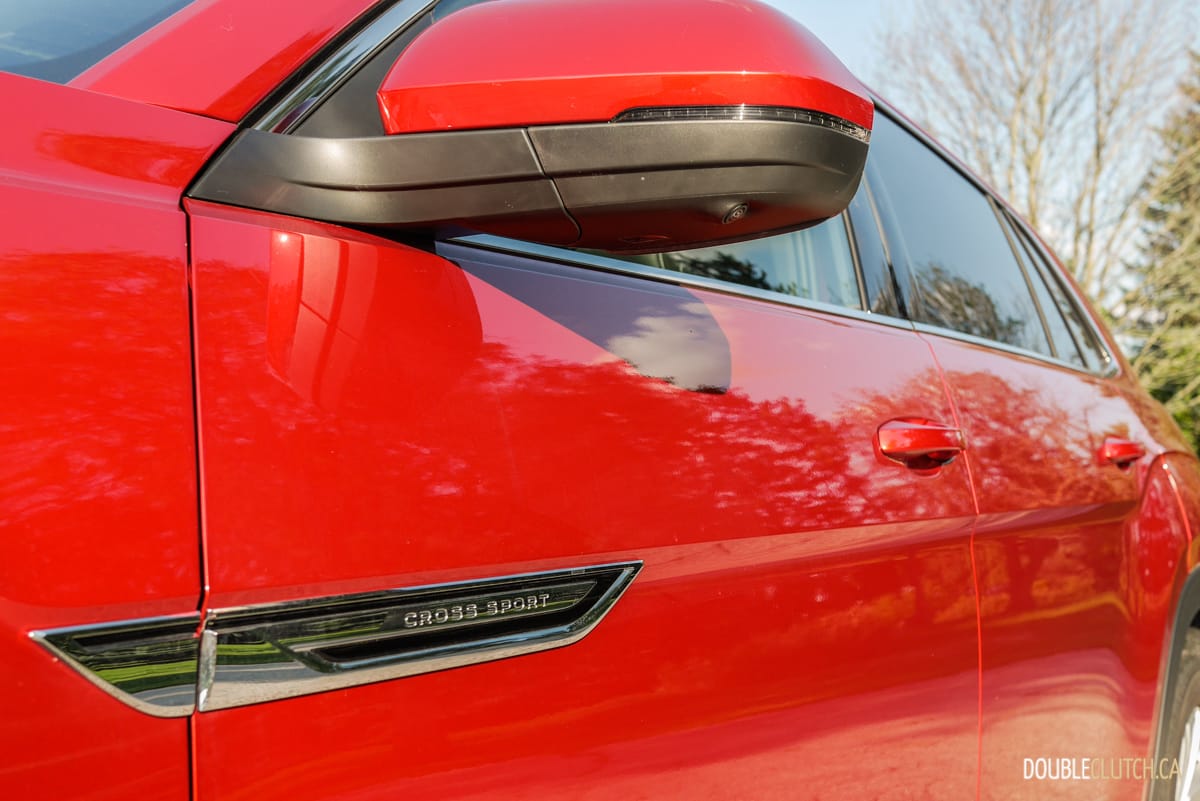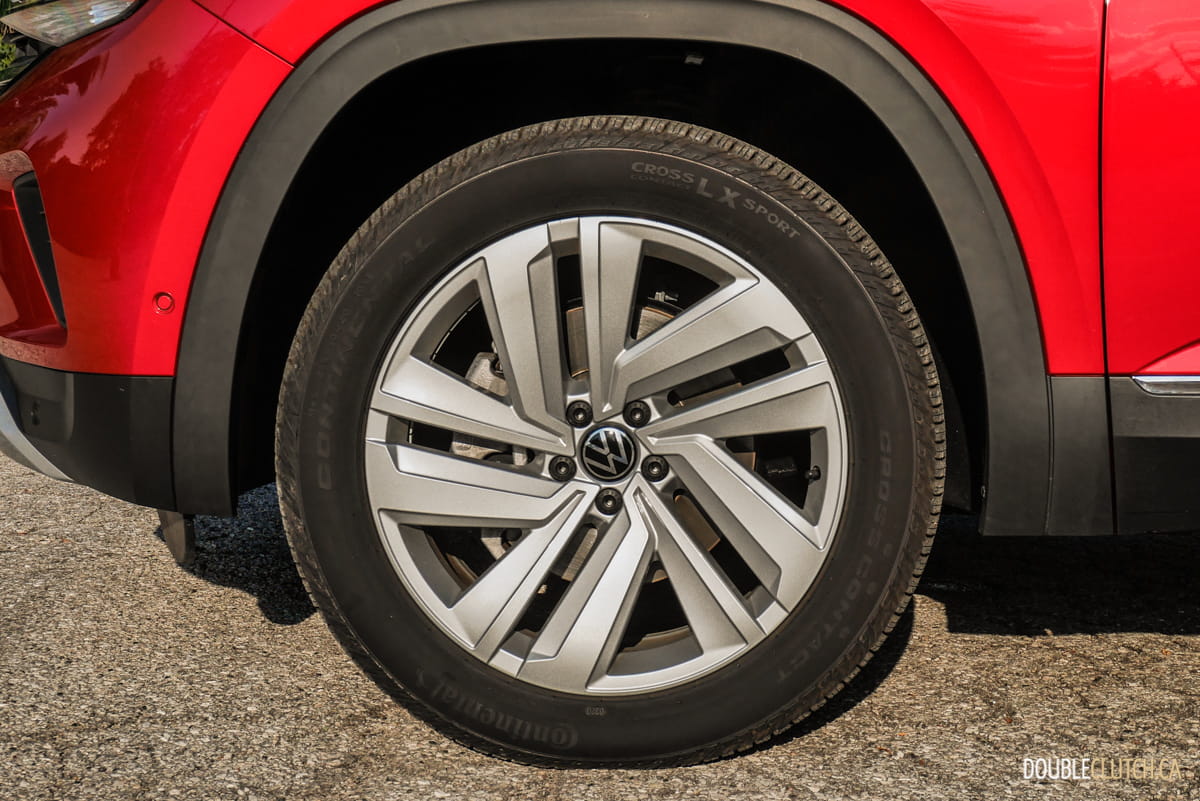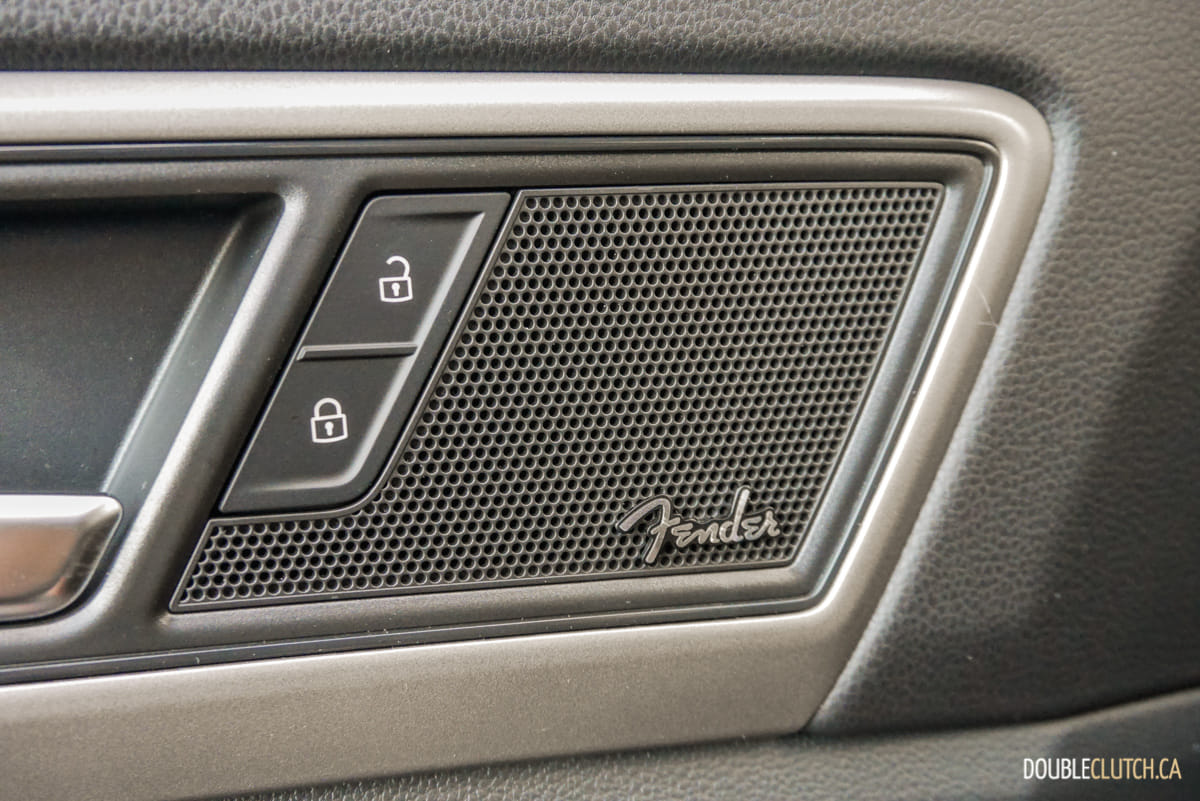The two-row mid-size crossover market is an interesting segment, with manufacturers taking different approaches. Honda resurrected the Passport name and created a sport-utility vehicle that focuses on being rugged and outdoor capable. Ford created the Edge ST (reviewed here) with an emphasis on street performance. Volkswagen noticed an opportunity to attract new and younger buyers by creating a more stylish, lifestyle version of their Atlas. By cropping the rear hatch, the 2020 Volkswagen Atlas Cross Sport features more dramatic fastback styling that is allegedly popular amongst the younger generation.
This is an approach popularized by the Atlas’ fellow countrymen, namely the BMW X6, Mercedes-Benz GLE Coupe, and the Porsche Cayenne Coup. Volkswagen hopes the Atlas Cross Sport will help expand its reach with the millennial segment. Our 2020 Volkswagen Atlas Cross Sport Execline arrives wearing a bold front fascia shared with the facelifted 2021 Atlas. The sculpted front bumper with silver cladding is both sporty and classy, and the Atlas Cross Sport demands more attention in the Aurora Red Chroma paintjob.
Our top-trim model comes standard with 20-inch alloy wheels, and extra chrome exterior accents all around. Aside from the obvious sloping rear pillar and hatch, the Atlas Cross Sport also distinguishes itself from the regular Atlas by being 71mm shorter in length, and most importantly sits 58mm lower. These features help set the Cross Sport up to be more youthful. Volkswagen hopes this will help them gain more buyers in the all-important millennial cohort.
Two engine choices are available on the Atlas Cross Sport. The standard powertrain is a two-litre four-cylinder turbocharged engine that produces 235-horsepower and 258 lb-ft. of torque, and our tester is equipped with the naturally aspirated 3.6-litre V6 engine that pumps out a creamy smooth 276-horsepower and 266 lb-ft. of torque. Like many of its V6 powered peers, the Atlas Cross Sport’s power delivery is gradual and linear, and drivers are not asked to work to get the large crossover off the line. The standard eight-speed automatic transmission is shared between both engines, delivering seamless power to all four wheels.
The most remarkable characteristic about the Volkswagen Atlas Cross Sport is the way it conceals its cruising speed on the highway. We are not sure if it is the added aerodynamics from the sportback design, but we are sure the combination of a smooth engine and a quiet cabin allows the Atlas Cross Sport to eat up highway miles like other German crossovers costing way more money.
Fuel economy is rated at 14.3L/100km in the city, 10.7L/100km on the highway, for a combined 12.7L/100km. Our observed fuel economy comes in at an even 13.0L/100km in a combined commute, on par with the rest of the V6-powered crossovers in the segment. The good news is that regular fuel is accepted for the Atlas Cross Sport.
The interior has a familiar layout for anyone used to a recent Volkswagen product. Its simplistic design is clean and easy to use, and there’s a good amount of storage space throughout the cabin. Build quality is above average in the Atlas Cross Sport, but there is more plastic than we would have liked to see, especially because this car wants a share of the luxury crossover market. For the top trim Execline being tested, there is heat for all four outbound seats, with ventilation for the front passengers. The leather seats are comfortable, and it’s fairly easy to find an ideal driving position.
The main difference between the Atlas Cross Sport and the regular Atlas, other than the exterior design, is that the Cross Sport only has two rows of seating. Though we prefer the practicality of having a third row, by eliminating it, the Cross Sport now has class-leading legroom. Interior space is where the Cross Sport excels; the spacious interior is quiet, and there is plenty of luggage space. Cargo space is measured at 1,141-litres, but the raked hatch eats up a lot of vertical space that would otherwise be available. The Cross Sport has a maximum towing capacity of 5,000 pounds when equipped with the optional towing package and V6 powertrain.
Infotainment is delivered by the eight-inch touchscreen on the centre console. Apple CarPlay and Android Auto integration is standard, along with wireless charging capability. The infotainment system is easy to use, with helpful shortcut keys along the screen, but resolution could be improved. The Execline trim sets the trend in this segment with a customizable 10.25-inch digital cockpit that is excellent in displaying a wide variety of information, and it also comes with an excellent twelve-speaker Fender premium audio system.
Driver assist features across all trim levels include Pedestrian Detection, Blind Spot Monitoring with Rear Traffic Alert, Front Assist with Autonomous Emergency Braking systems. Adaptive Cruise Control with Stop and Go comes with the mid-trim Comfortline, and our Execline adds a 360° Area View camera, Lane-keeping system, Park Distance Control with Park Assist, Automatic High Beam control, and Dynamic Road Sign Display systems. We would like to see the full suite of features across the model lineup, as seen in the Honda Passport (reviewed here).
The 2020 Volkswagen Atlas Cross Sport starts at $38,995 for the four-cylinder Trendline model, and the Execline starts at $54,495. The only option available is the R-Line package which dresses up the exterior with a sportier design and a set of 21-inch wheels for $1,690; this was not included in our tester. The as-tested total of $54,495 puts the Atlas Cross Sport on the high-end of its segment, which includes the aforementioned Honda Pilot Touring, and Nissan Murano Platinum (reviewed here). This comes at a $1,100 discount from the regular Atlas in comparable trim.
The 2020 Volkswagen Atlas Cross Sport is a stylish urban crossover that prioritizes appearance and comfort over all else. While traditional SUV buyers might balk at the idea of purchasing a fastback SUV and losing on practicality, this segment has proven to be popular with the younger generation. As one of the only mainstream vehicles to employ this approach, the Cross Sport is a solid option for this specific cluster, leaving traditionalists to the Atlas across the showroom floor.







